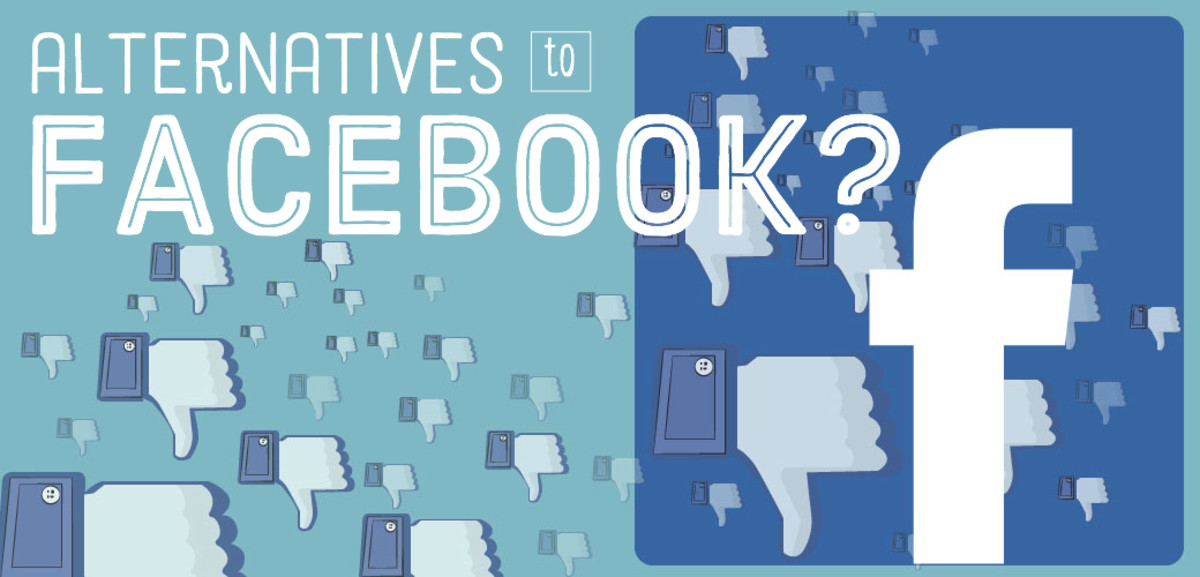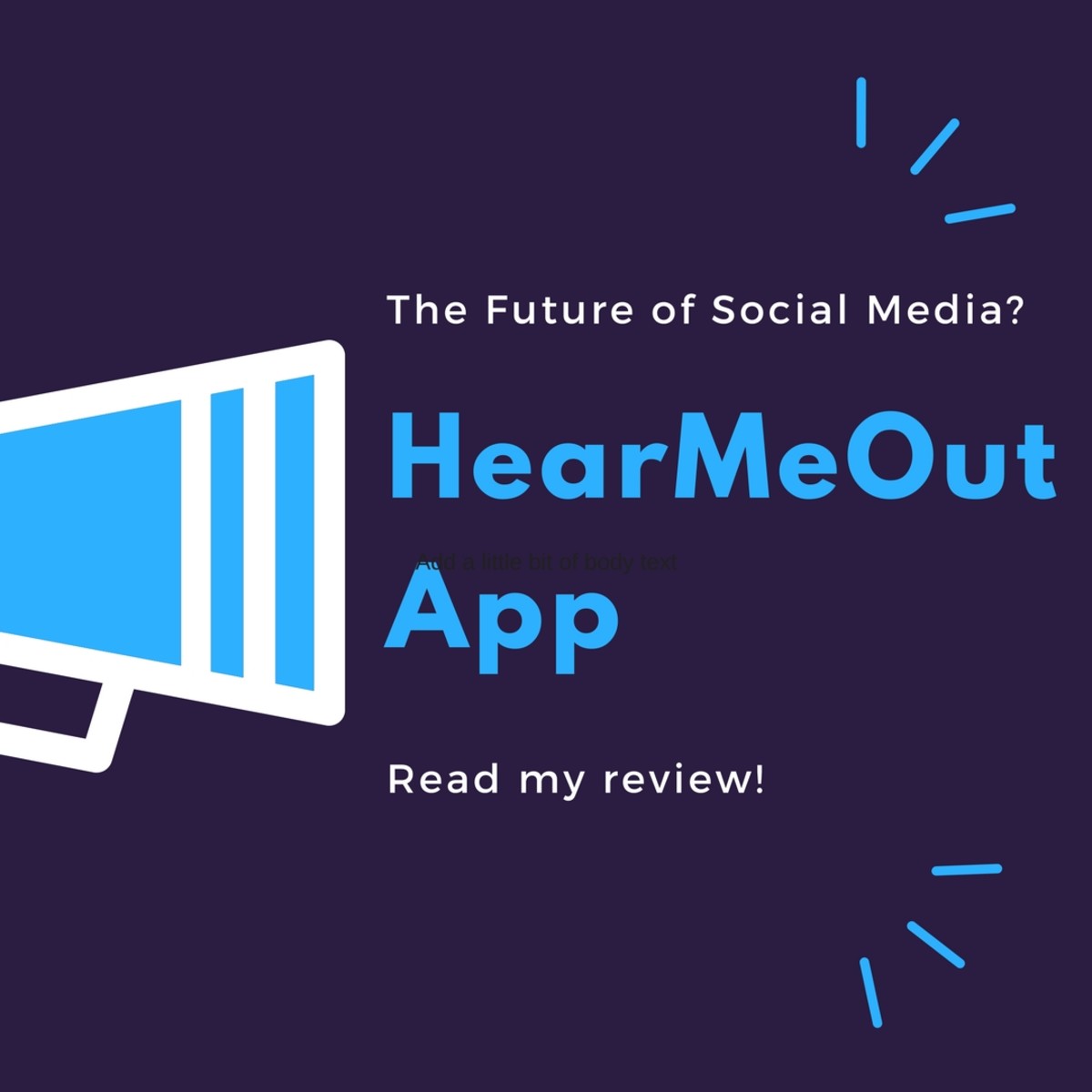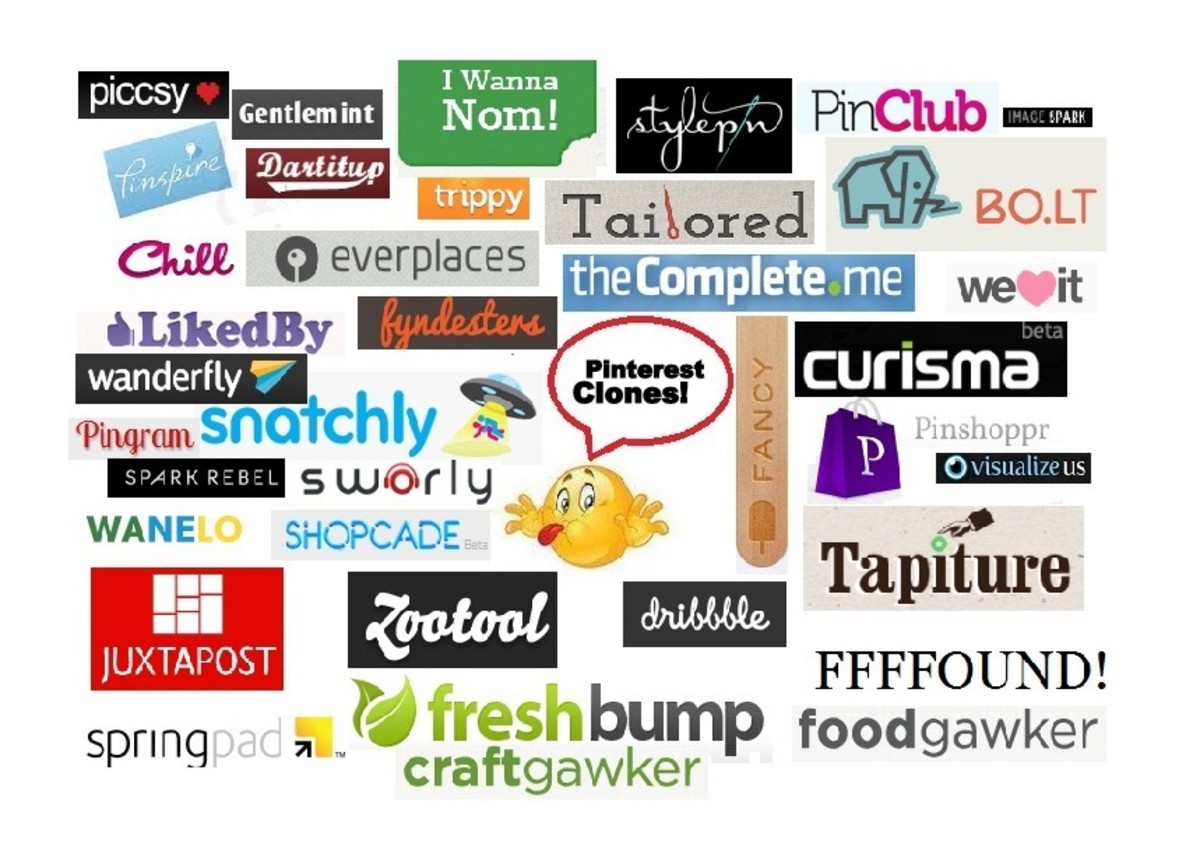- HubPages»
- Business and Employment»
- Marketing & Sales»
- Internet Marketing
Six steps to boost your social sharing
Sharing is key when it comes to reach and engagement. Distribution channels can no doubt help you spread your content but sharing on social networks can give you immense reach and bring back huge volume of traffic within a short period of time. Of course, this may not happen all the time because it depends on the impulsiveness of people on social networks and a few other attention related factors.
Nevertheless, it is important you give yourself the best chance and allow your brand to be propagated socially. And also because everyone else is already been doing it for long now. But social sharing is not just about installing the buttons, you need to take control and take steps to boost sharing. It could be the placement of the buttons, their design and themes or even the choice of networks. The last one is actually quite important. Imagine what happened if your target audience is primarily in North America and you have social sharing buttons for networks like VKontakte. All of these decisions should be backed up by strong analytics and trends. But for now, let’s begin from scratch.
Email or not?
Email was once prime in content transmission and sharing. But over time, email conceded ground to social networks which are easier to use from the sharing perspective. So obviously, you are going to use the most prominent social networks but the decision you’ll have to make is the amount of prominence you accord to email. Should it figure in the first layer or not? Analysis suggests that email hosted the third highest amount of online sharing after Facebook and Twitter. Emails hosted about 11% of all the shared content on the internet while Twitter’s share was 16%, according to results from the last quarter of 2015. That’s not a lot more than email which should prompt you to think more seriously about email. If it’s content that’s aimed at business generation, email sharing can definitely help. Whichever layer it is used in, email is definitely not the option to leave out.
Order of networks
The order of networks is crucial because of the simple fact that majority users are not going to get really desperate to share the content. If they feel like sharing it with their network, they’ll just spend no more than a click on it, they’ll not spend time searching for the network they most commonly use. If it’s there, you are lucky. If it’s not, there’s some tinkering required. The most common choice of networks is Facebook since the above cited statistics also suggest that 54% of all content was shared on the platform. That number means Facebook automatically makes the cut. The decision making only enters now. The competition is only between Twitter, LinkedIn, email and Google+. Instagram is picking up big time but it is only for pictures. Geographical location also plays a big role in deciding which network should be preferred. For instance, Vkontakte is a hot favourite in Russia but not in North America. Your buttons should adjust accordingly to maximize your chances. Similarly, age should also be an important criterion while deciding on the social networks to use. If your audience is between 18 and 25 years, email is not the greatest option for obvious reasons but you should use Facebook, Twitter and another network depending on the suitability of the content to be shared.
Optimize for mobile
Facebook’s primary business is advertising, that you already know. What many people don’t really know is that Facebook derived 80% of its advertising comes from mobile. That’s a humongous amount which should make you think about the importance of mobile in today’s economic context. Likewise, a lot of sharing is also initiated from mobile devices which means you have to devote ample amount to ensure that your social share buttons are optimized for mobile devices as well. Often designs that look great on desktop computers and have great ease of access are not suited to mobile or tablet designs making them appear skewed although they will certainly exist on the opened site. As a business, to maximize your sharing prospects you must ensure this doesn’t happen.
Pay attention to the design
Default designs are simple small buttons with the social network buttons on them. Things to consider while looking out for design and theme are the size of the buttons, their placement and color. The foremost thing that you should consider with respect to placement is their visibility. Don’t let the sharing buttons be overshadowed or lost in the page but make them prominent in the sight flow so that once the piece of content is read, the next visible design element in the page should be the sharing buttons. Obviously the color of the buttons can help them stand out and increase visibility.
Where should they be placed?
Among the most common users of social media sharing widgets are media houses, publishing companies, blogs which are looking for their articles to be widely shared and read. Prominent publishing sites like Mashable place the social sharing buttons prominently just below the title of the article which is a great idea. A lot of websites are using the floating widgets which float on the screen even as the user scrolls down through the page reading the content. Whenever the user wants to share the content, it will be available right on the screen. Floating widgets work the best when used on a page with vertical orientation.
On the other hand, ecommerce websites are advised to place the sharing buttons right alongside each product they sell because of the simple fact that consumers are interested in individual products more than the platform or the brand as a whole. But simultaneously there is no harm in placing the buttons alongside brands to propagate their availability as well.
Always A/B test the design
No matter how great your design looks, it is always a wise move to test the usability and accessibility of your designs. You can A/B test different design patterns to choose the best possible. Among the elements to A/B test are the choice of social networks, the order of their placement, the design pattern, the placement of the buttons on the page and finally the entire page as well. It could become a gruelling A/B testing session but, at the end day, will help you boost your social shares.





